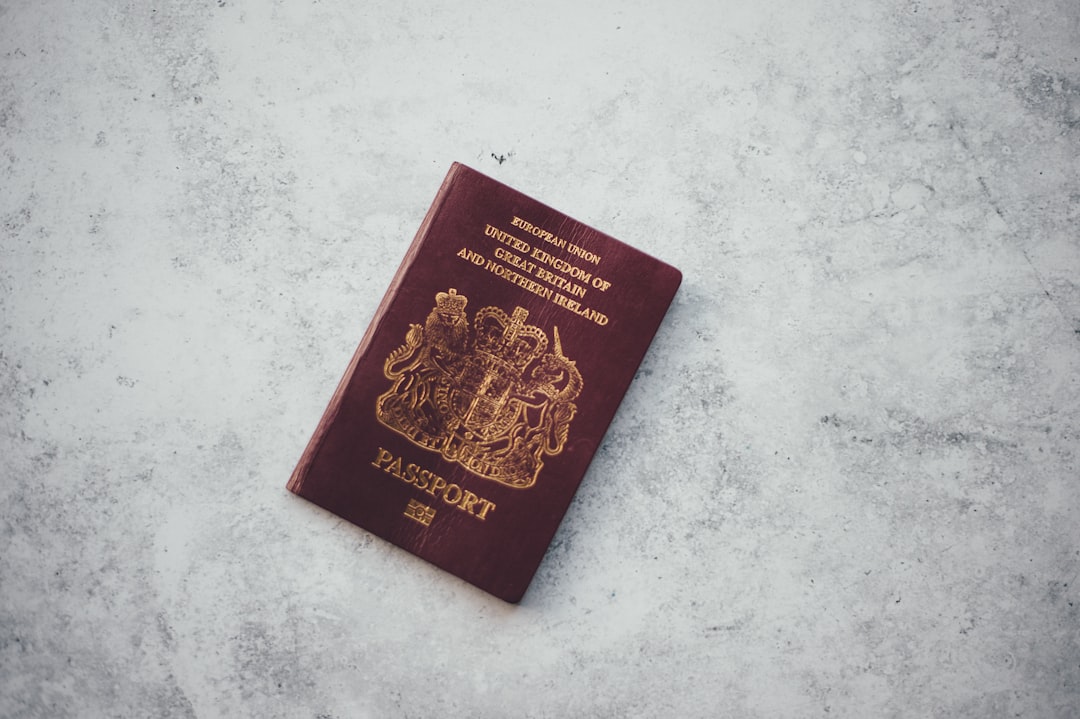Understanding Naturalisation: The Path to Citizenship
Naturalisation is the legal process by which a non-citizen acquires the citizenship or nationality of a country. This process allows immigrants who have lived in a country for a certain period to become full members of society, enjoying the rights and responsibilities accorded to native citizens. As the world becomes increasingly interconnected and migration patterns grow more complex, naturalisation plays a pivotal role in societal integration, diversity, and national policy.
What is Naturalisation?
Naturalisation typically requires a legal resident (non-citizen) to fulfill qualifying criteria set by the country of residence. These requirements often include residency duration, language proficiency, knowledge of the country’s culture and history, good moral character, and often an oath of allegiance.
Key Features of Naturalisation
| Feature | Description |
|---|---|
| Eligibility | Determined by law; varies by country |
| Residency Requirement | Minimum period of legal residence, usually 3–10 years |
| Language Proficiency | Ability to communicate in official/national language/s |
| Knowledge Test | Understanding of country's history, government, and laws |
| Good Character | No serious criminal record or ongoing legal issues |
| Oath of Allegiance | Formal commitment to the country’s constitution and laws |
Naturalisation Around the World: A Comparative Overview
Different countries adopt varied approaches to naturalisation, reflecting their unique histories, demographics, and national priorities. Below is a comparative table highlighting requirements in select countries as of 2024:
| Country | Residency Requirement | Language Requirement | Knowledge Test | Dual Citizenship | Fee (USD, approx.) |
|---|---|---|---|---|---|
| United States | 5 years (3 if married to a citizen) | English | Yes | Allowed (with exceptions) | $740 (including biometrics) |
| Canada | 3 years out of the last 5 | English/French | Yes | Allowed | $500 (adult) |
| Germany | 8 years (can be reduced) | German | Yes | Permitted in defined cases | $300 (plus extra for children) |
| Japan | 5 years | Japanese | No (case assessment) | Not permitted | Free |
| Australia | 4 years (1 as permanent resident) | English | Yes | Allowed | $285 (AUD 540) |
| UAE | 30 years (exceptionally granted) | Arabic | Yes | Restricted | Free |
The Naturalisation Process: Step by Step
Let's break down a typical naturalisation process (for general illustrative purposes—always check your country’s official guidelines):
- Application Submission: Gather required documents (passport, proof of residence, tax returns, etc.) and officially apply.
- Residency Check: Proof that you have legally resided in the country for the requisite period.
- Language and Knowledge Tests: Complete and pass tests on language proficiency and civic knowledge.
- Background and Security Checks: Authorities check for criminal history and ongoing legal issues.
- Interview: Immigration officials may interview applicants to assess integration and verify information.
- Decision: Successful applicants receive official confirmation of naturalisation.
- Oath of Allegiance: Swear or affirm loyalty at a formal ceremony, marking the final step.
Benefits and Rights of Naturalised Citizens
Naturalised citizens typically enjoy nearly all rights and responsibilities of birth citizens, which may include:
- The right to vote
- The right to hold public office (with exceptions)
- Access to public benefits and services
- Visa-free travel to certain countries (depending on the new passport)
- The obligation to serve on juries or in the military (in some countries)
- The ability to sponsor family members for immigration
Challenges and Controversies
Despite its advantages, the naturalisation process can be challenging due to:
- Cultural Barriers: Integrating into a new society is often demanding.
- Complex Bureaucracy: Documentation and legal procedures may be confusing.
- Potential for Statelessness: Some countries require renunciation of previous citizenship.
- Discrimination: Some societies may continue to distinguish between native and naturalised citizens.
- Changing Laws: Shifting political climates can alter eligibility and procedures.
Recent Trends and Innovations
- Digitalisation: More countries are digitising application processes for efficiency.
- Dual/Multiple Citizenship: Growing acceptance, with increasing numbers allowing it.
- Pathways for Refugees/Stateless Persons: UN and international initiatives push for more inclusive policies for vulnerable populations.
- Integration Programs: Language, employment, and cultural orientation initiatives aid new citizens.
Conclusion
Naturalisation serves as a critical bridge for integrating immigrants into their adopted homelands. It enriches societies by fostering diversity and securing social cohesion. While requirements and processes vary widely, the core aim remains consistent: to welcome committed, contributing members into the national fold.
Prospective applicants should always verify requirements with official government sources or accredited immigration professionals, as regulations can and do change.
Quick Reference Table: Requirements at a Glance
| Requirement | Typical Range / Description |
|---|---|
| Residency | 3–10 years |
| Language | Basic proficiency; test often required |
| Knowledge Test | Civic/history/government test common |
| Good Character | No serious convictions; background check |
| Oath of Allegiance | Almost always required |
| Fees | Vary widely ($0–$1000+) |
For more information, prospective citizens should consult the official immigration websites of their chosen country.
References:
- UN Department of Economic and Social Affairs – International Migration Policies
- Government of Canada – Become a Canadian Citizen
- U.S. Citizenship and Immigration Services – Naturalization
- European Union – Acquisition and loss of citizenship
This article offers a general guide—always check local laws for the latest details.

Comments
No comments yet. Be the first to comment!